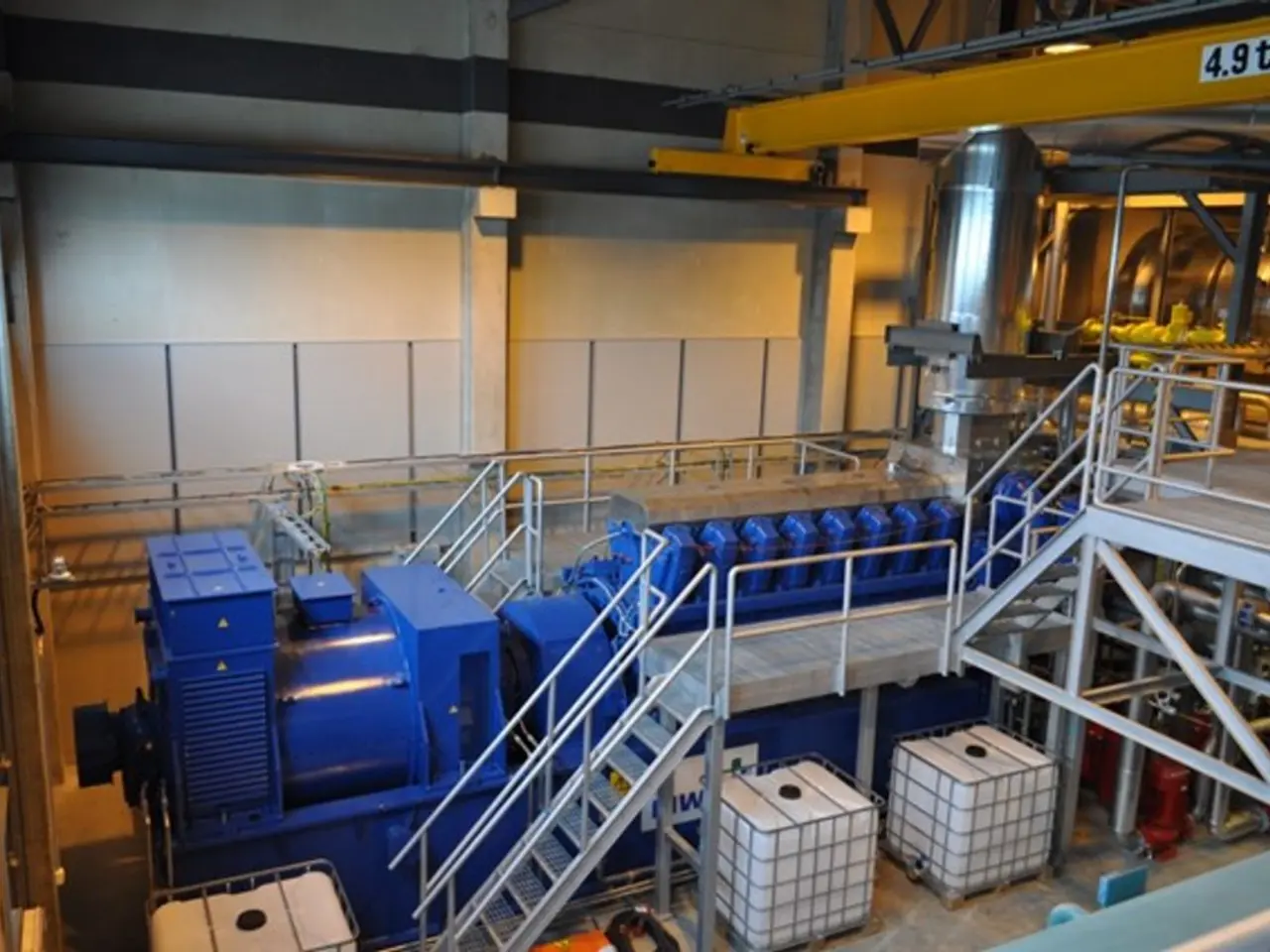International Monetary Fund Yields to Bitcoin, Overhauls Global Economic Standards
The International Monetary Fund (IMF) has made a significant move in recognizing Bitcoin as a key player in the global economy. As part of this recognition, Bitcoin will now officially be treated as a "non-produced nonfinancial asset," similar to tangible assets such as land, art, or patents.
This classification, which was announced in the IMF's Balance of Payments Manual (BPM7), means that Bitcoin holdings, mining, staking, and cross-border transfers will be included in national accounts, GDP calculations, the balance of payments, and wealth statistics. This brings greater visibility and formal integration of cryptocurrencies into global macroeconomic frameworks.
The impact of this change is far-reaching. Cross-border Bitcoin acquisitions and disposals will move through the capital account under the IMF's BPM7, influencing trade balances and national income data. This new framework allows for more accurate tracking of the economic activity related to cryptocurrencies, which in turn will influence sovereign creditworthiness assessments, GDP estimates, and trade statistics, particularly affecting countries involved in Bitcoin mining or staking.
The IMF's decision to include Bitcoin in these statistics provides policymakers with more comprehensive data to understand and regulate the economic impact of crypto assets. It also marks a significant step in crypto’s acceptance as part of the mainstream economy, allowing better risk assessment, fiscal policy formulation, and international financial analysis.
However, not everyone is pleased with the IMF's energy framing of Bitcoin. Daniel Batten, a climate researcher, has criticized the IMF's stance, referring to it as "FUD" and interpreting the statement as confirmation of Bitcoin's significance.
Despite the energy consumption concerns, the IMF expects Bitcoin's energy consumption to reach roughly 3.5% by 2027. In 2022, Bitcoin mining and data centers together used about 2% of global electricity, according to the IMF's blog in 2024.
The IMF's signaling of harmonization with BPM7 so that cross-border flows and validation-service revenues are recorded coherently across external and national accounts is a positive step towards a more integrated global financial system.
The Sustainable Bitcoin Protocol views the IMF’s classification of Bitcoin as a non-produced capital asset as a positive, watershed moment, signifying legitimization, visibility, and macro adoption. Meanwhile, Pakistan's IMF rejection of a plan to offer subsidized electricity for Bitcoin mining and certain energy-intensive industries shows that not all countries are ready to embrace the energy-intensive nature of Bitcoin.
In conclusion, the IMF's recognition of Bitcoin as a non-produced capital asset brings greater transparency to crypto-economic data, improves consistency in international reporting, and may influence countries’ economic policies relating to cryptocurrencies and their integration into the global financial system. Bitcoin's economic footprint will now be incorporated into balance of trade, GDP, and sovereign credit quality, according to Bitcoin-native voices. The international community will be watching closely as this development unfolds.
[1] IMF Blog Post - Title Here [2] IMF Blog Post - Title Here
Investors may find this development beneficial, as the IMF's recognition of Bitcoin as a non-produced capital asset will likely increase its visibility and integration in global financial frameworks, potentially influencing GDP estimates and trade statistics. On the other hand, the growing energy consumption of Bitcoin, expected to reach 3.5% by 2027, has sparked concerns from climate researchers, who view it as a major environmental challenge.




